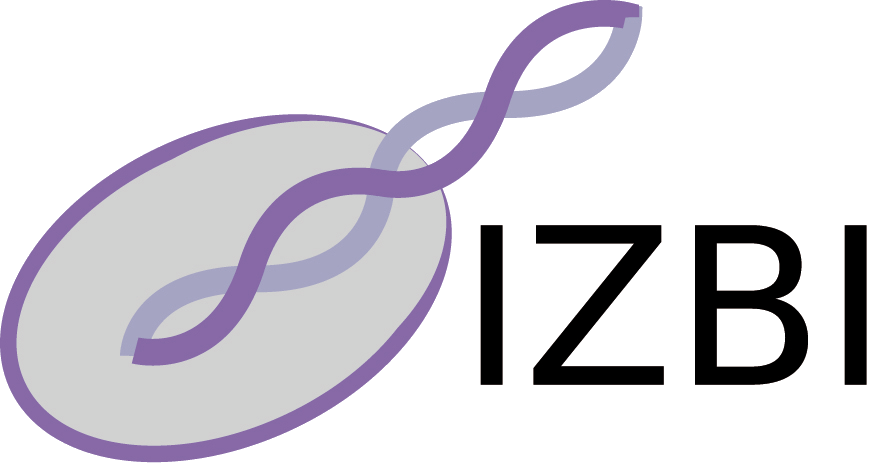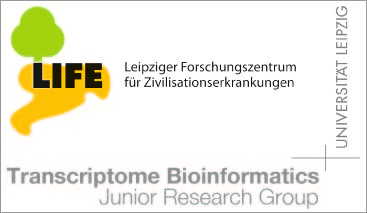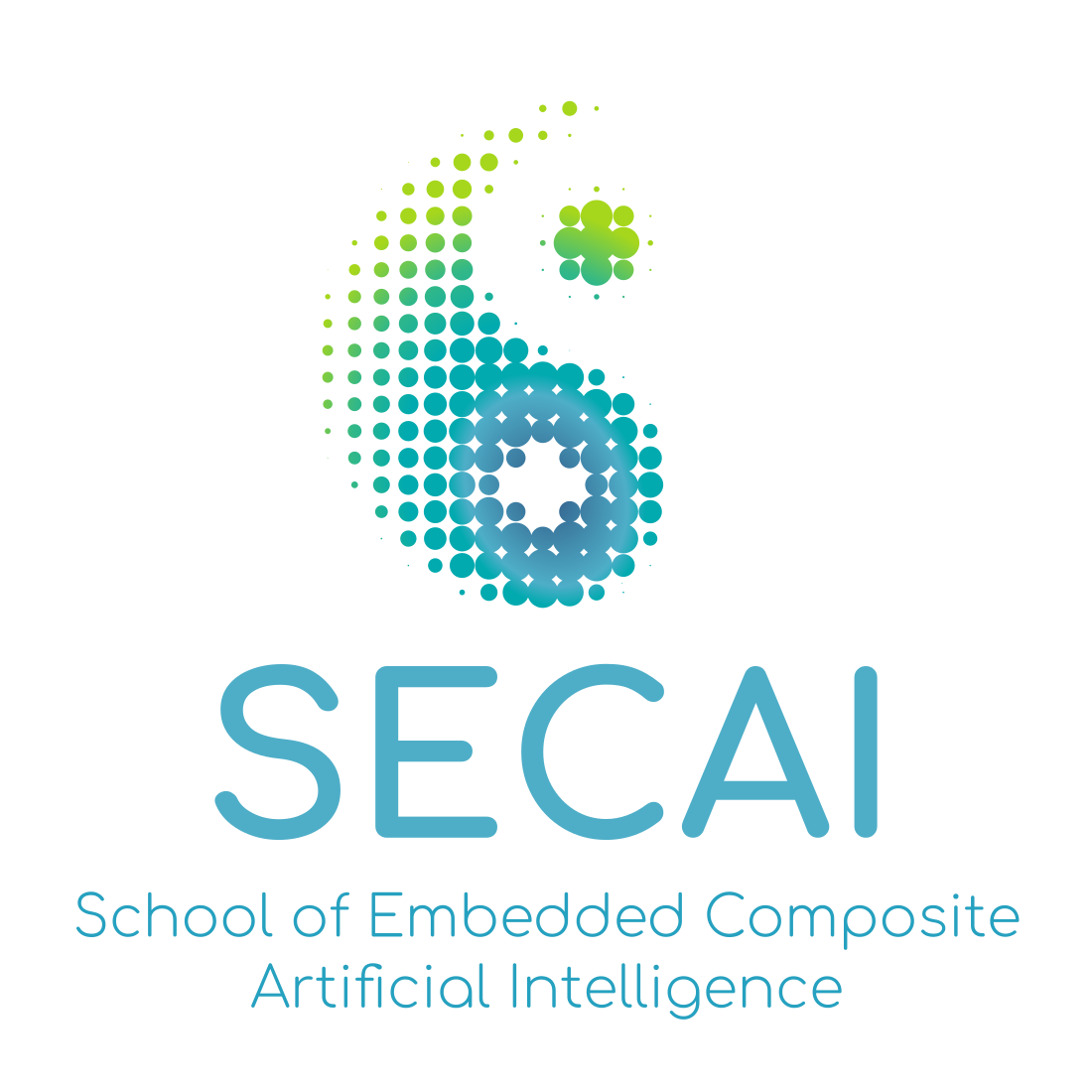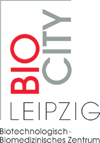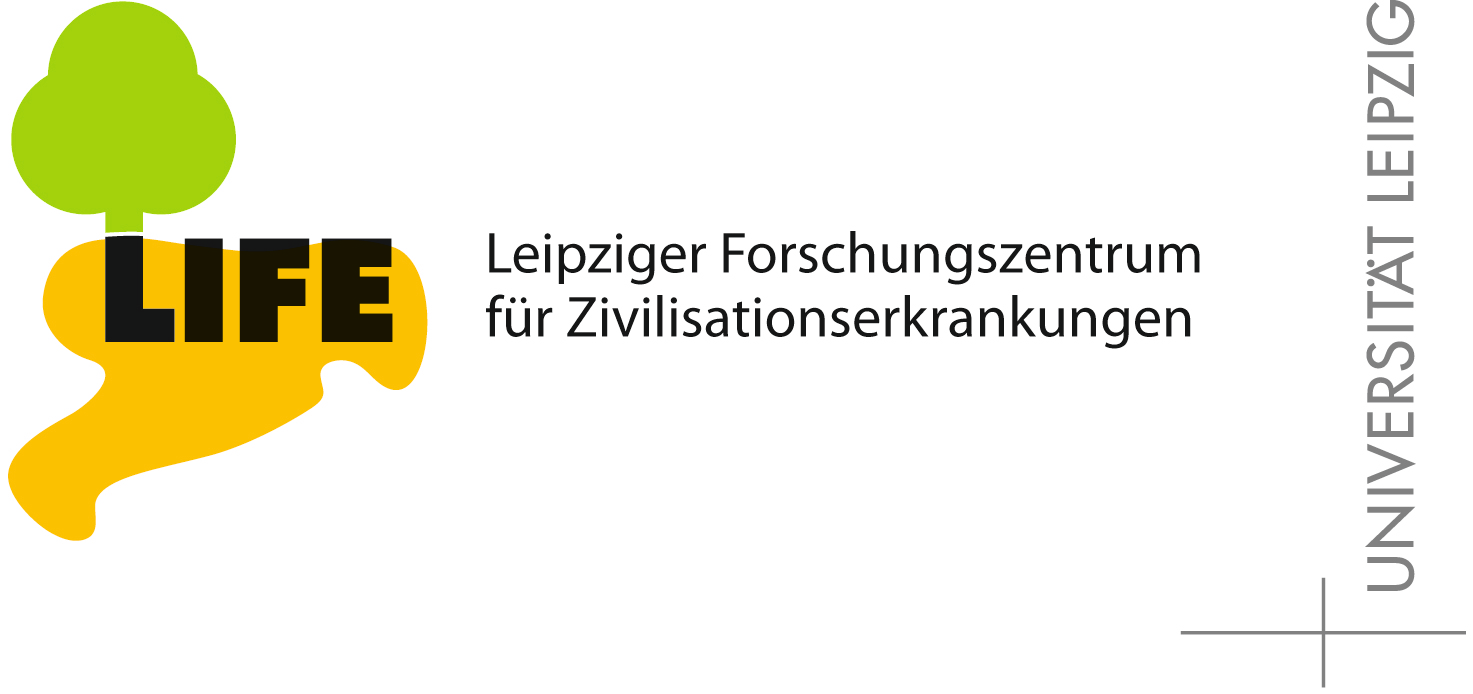Publications - Published papers
Please find below publications of our group. Currently, we list 565 papers. Some of the publications are in collaboration with the group of Sonja Prohaska and are also listed in the publication list for her individual group. Access to published papers ( ) is restricted to our local network and chosen collaborators.
If you have problems accessing electronic information, please let us know:
) is restricted to our local network and chosen collaborators.
If you have problems accessing electronic information, please let us know:
 ) is restricted to our local network and chosen collaborators.
If you have problems accessing electronic information, please let us know:
) is restricted to our local network and chosen collaborators.
If you have problems accessing electronic information, please let us know:©NOTICE: All papers are copyrighted by the authors; If you would like to use all or a portion of any paper, please contact the author.
Recurrent mTORC1-activating RRAGC mutations in follicular lymphoma.
Okosun, Jessica and Wolfson, Rachel L. and Wang, Jun and Araf, Shamzah and Wilkins, Lucy and Castellano, Brian M. and Escudero-Ibarz, Leire and Al Seraihi, Ahad Fahad and Richter, Julia and Bernhart, Stephan H. and Efeyan, Alejo and Iqbal, Sameena and Matthews, Janet and Clear, Andrew and Guerra-Assun\cc\~ao, José Afonso and Bödör, Csaba and Quentmeier, Hilmar and Mansbridge, Christopher and Johnson, Peter and Davies, Andrew and Strefford, Jonathan C. and Packham, Graham and Barrans, Sharon and Jack, Andrew and Du, Ming-Qing and Calaminici, Maria and Lister, T. Andrew and Auer, Rebecca and Montoto, Silvia and Gribben, John G. and Siebert, Reiner and Chelala, Claude and Zoncu, Roberto and Sabatini, David M. and Fitzgibbon, Jude
Download
PREPRINT 18-030:
Status: Published
Nature genetics 48 (2): 183--188
Abstract
Follicular lymphoma is an incurable B cell malignancy characterized by the t(14;18) translocation and mutations affecting the epigenome. Although frequent gene mutations in key signaling pathways, including JAK-STAT, NOTCH and NF-$\kappa$B, have also been defined, the spectrum of these mutations typically overlaps with that in the closely related diffuse large B cell lymphoma (DLBCL). Using a combination of discovery exome and extended targeted sequencing, we identified recurrent somatic mutations in RRAGC uniquely enriched in patients with follicular lymphoma (17\%). More than half of the mutations preferentially co-occurred with mutations in ATP6V1B2 and ATP6AP1, which encode components of the vacuolar H(+)-ATP ATPase (V-ATPase) known to be necessary for amino acid-induced activation of mTORC1. The RagC variants increased raptor binding while rendering mTORC1 signaling resistant to amino acid deprivation. The activating nature of the RRAGC mutations, their existence in the dominant clone and their stability during disease progression support their potential as an excellent candidate for therapeutic targeting.


